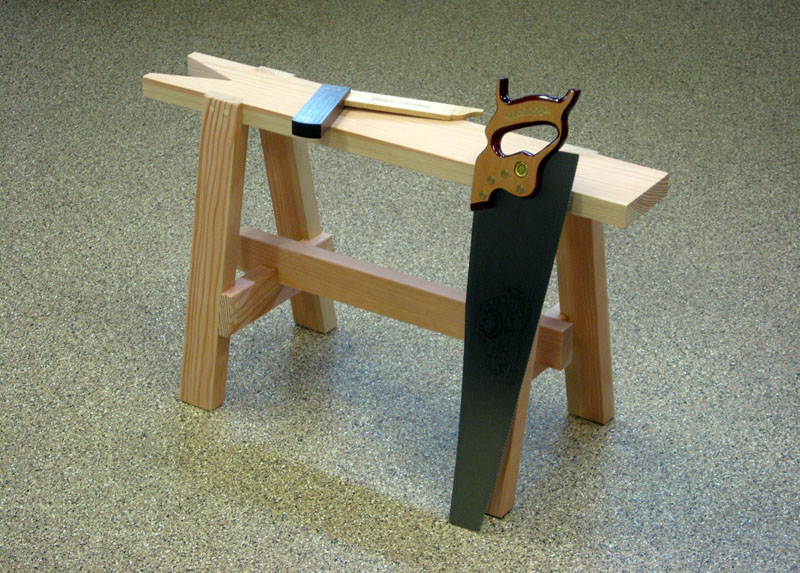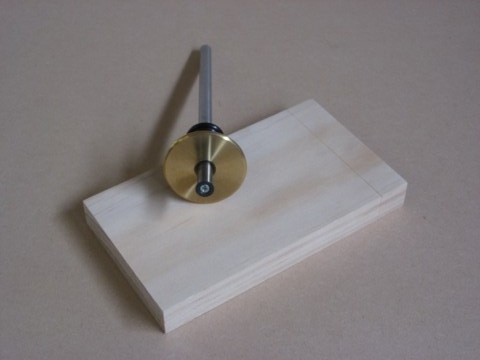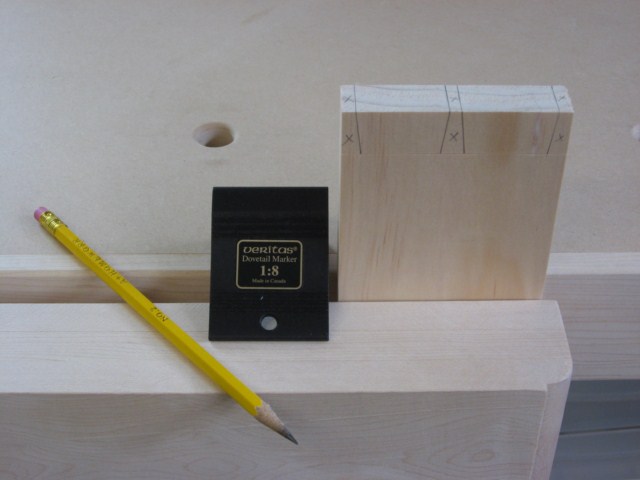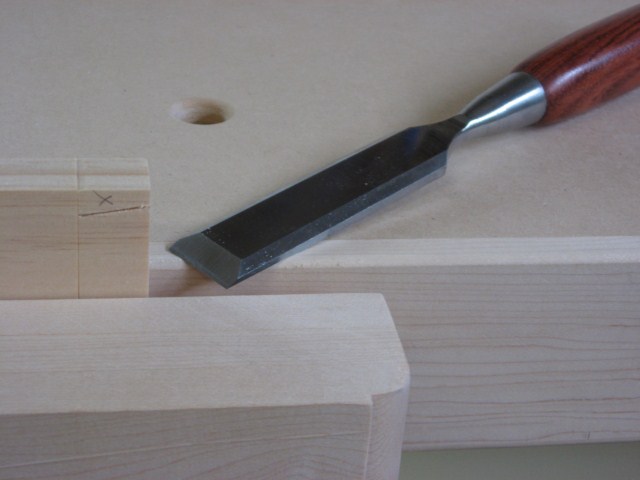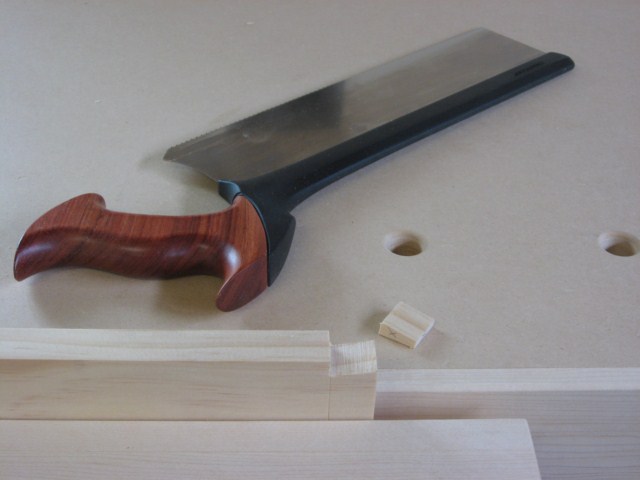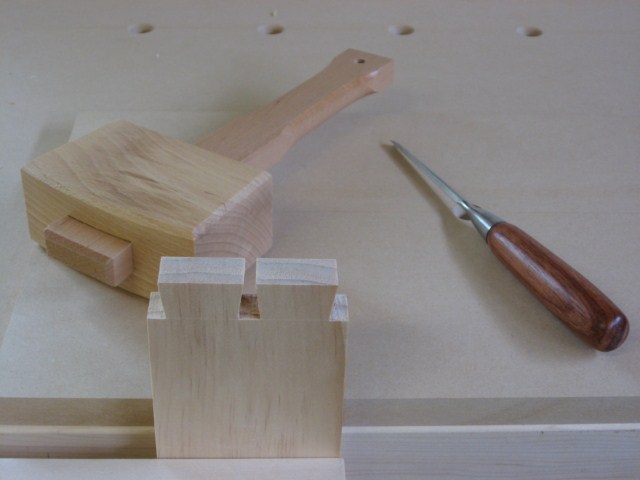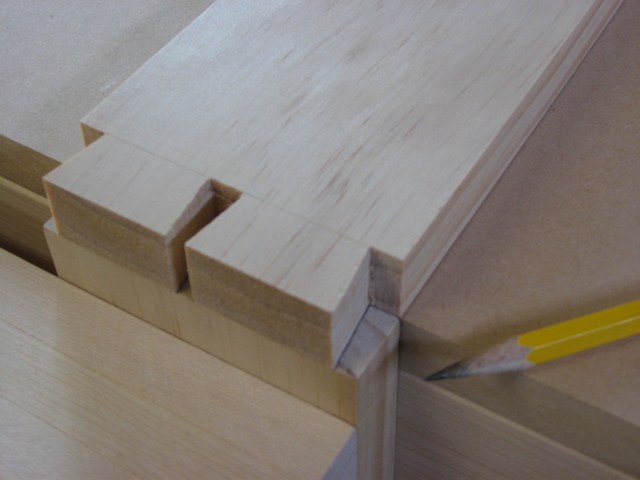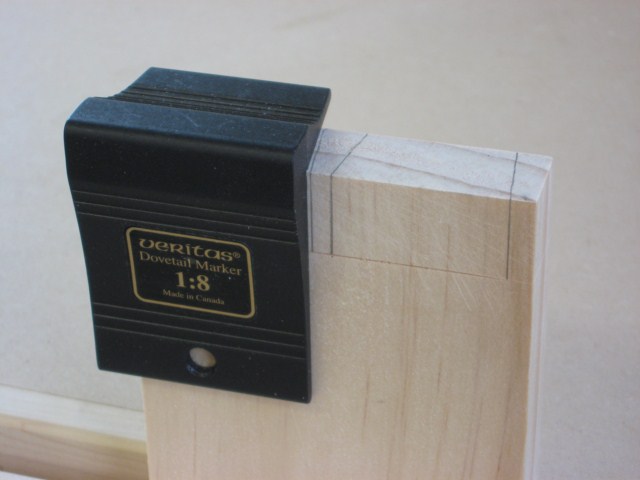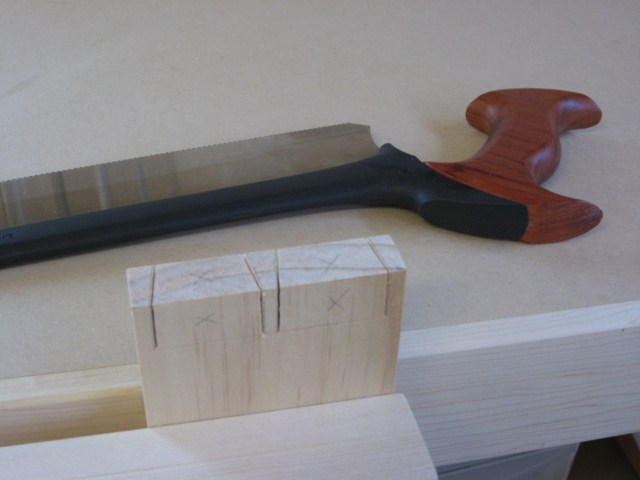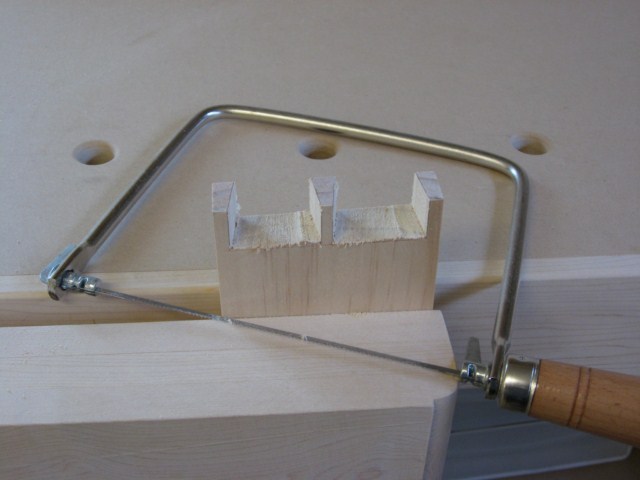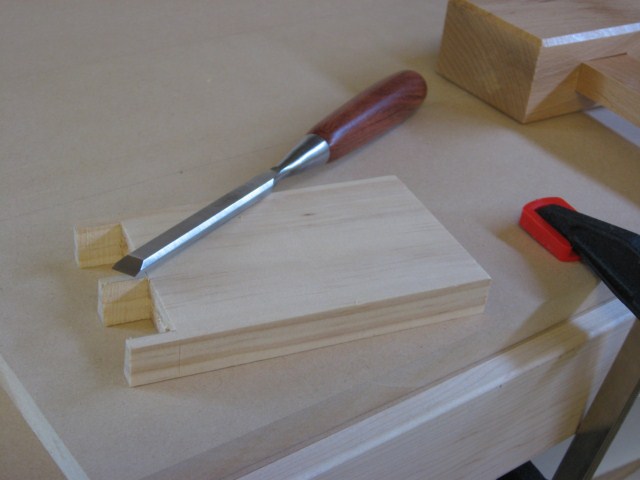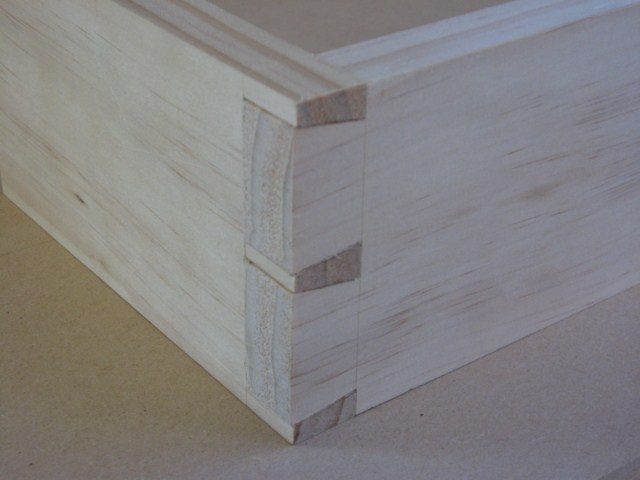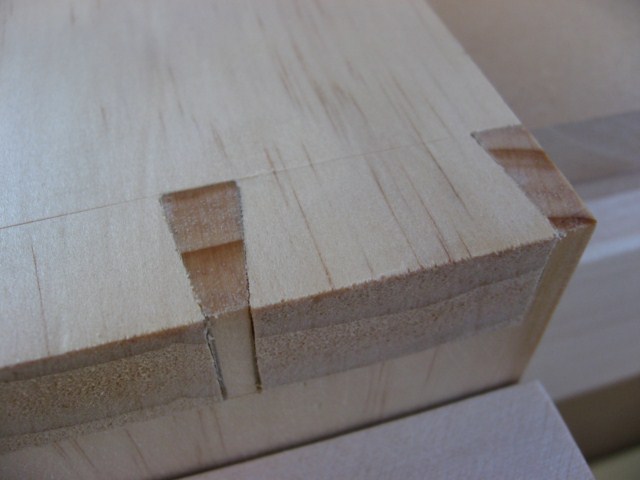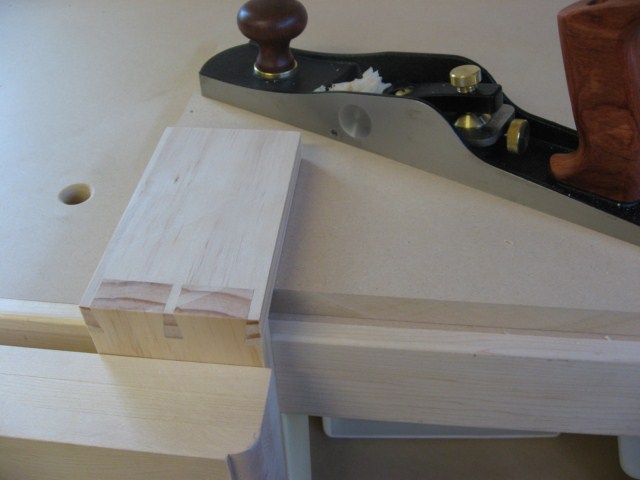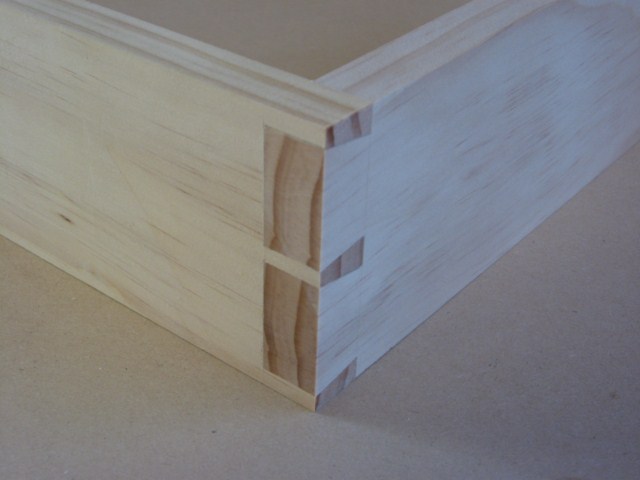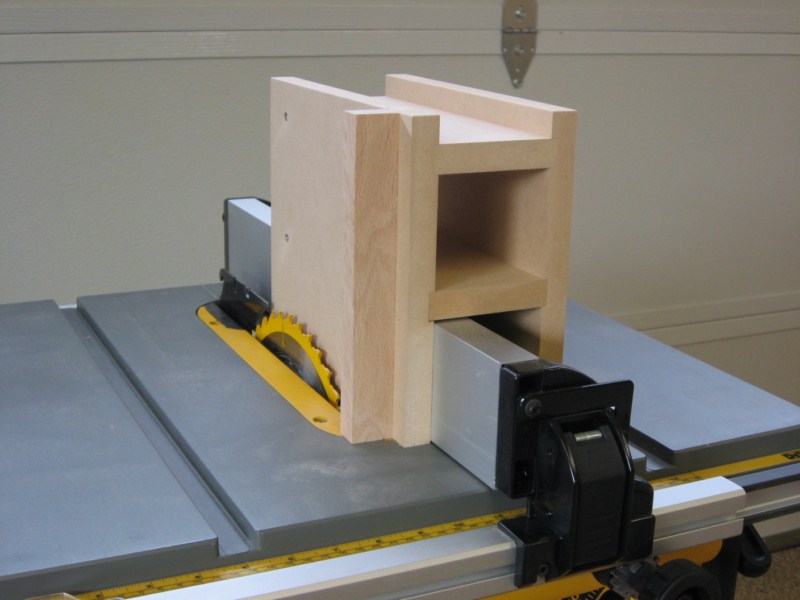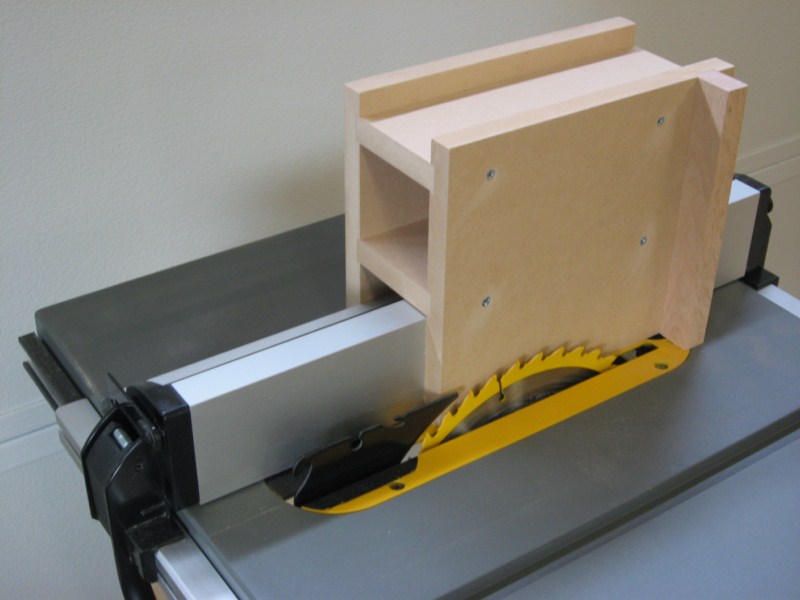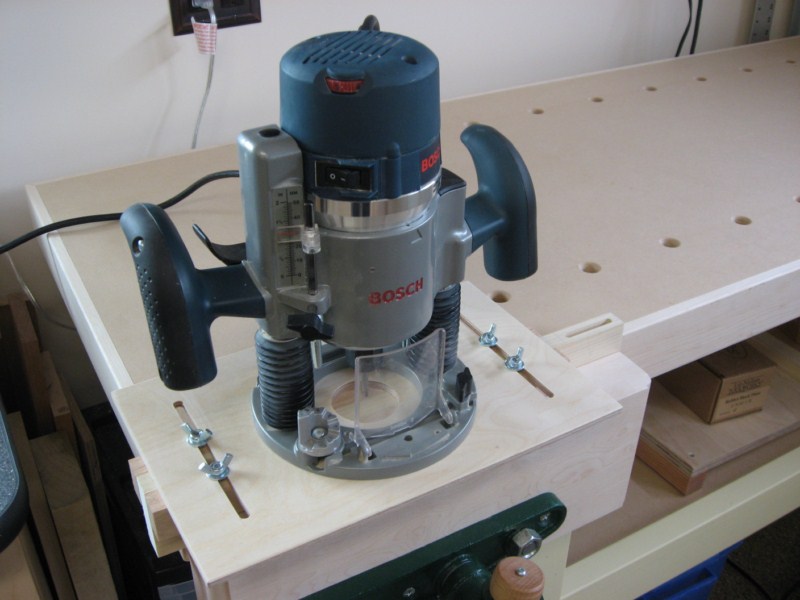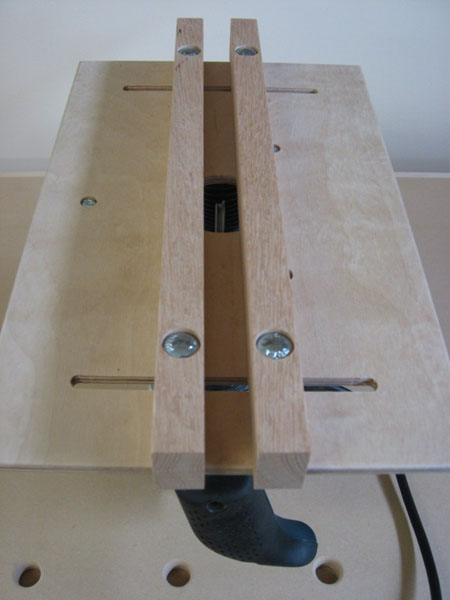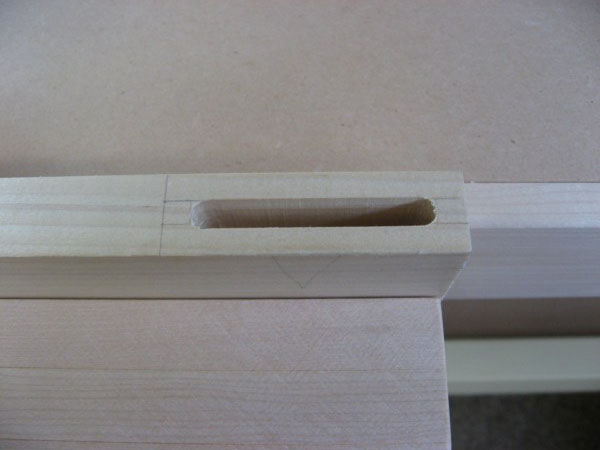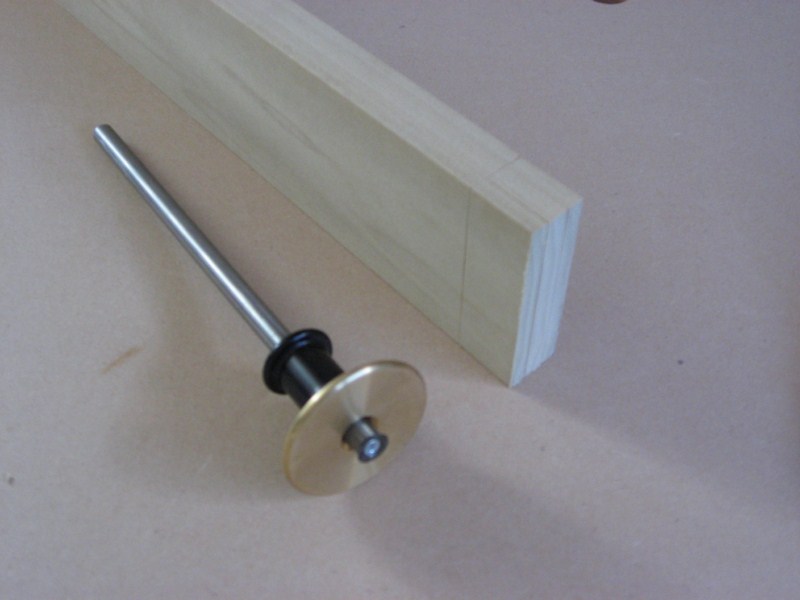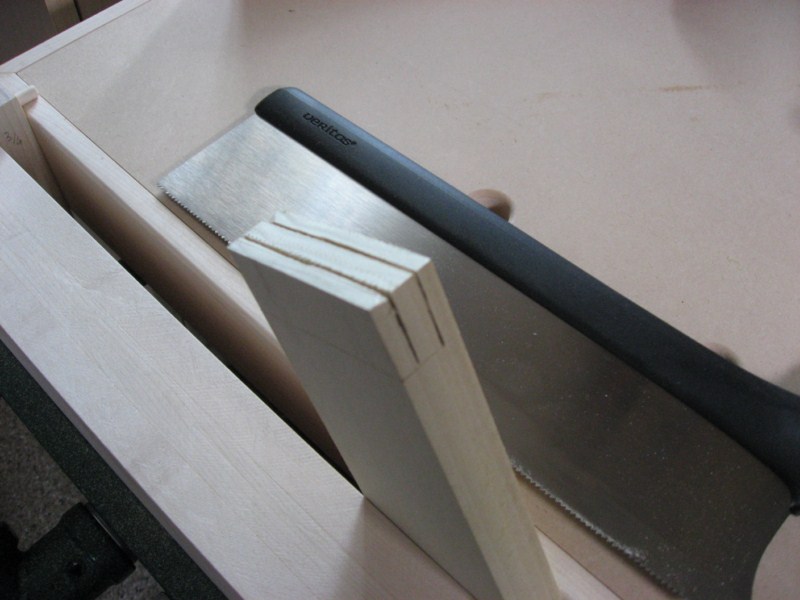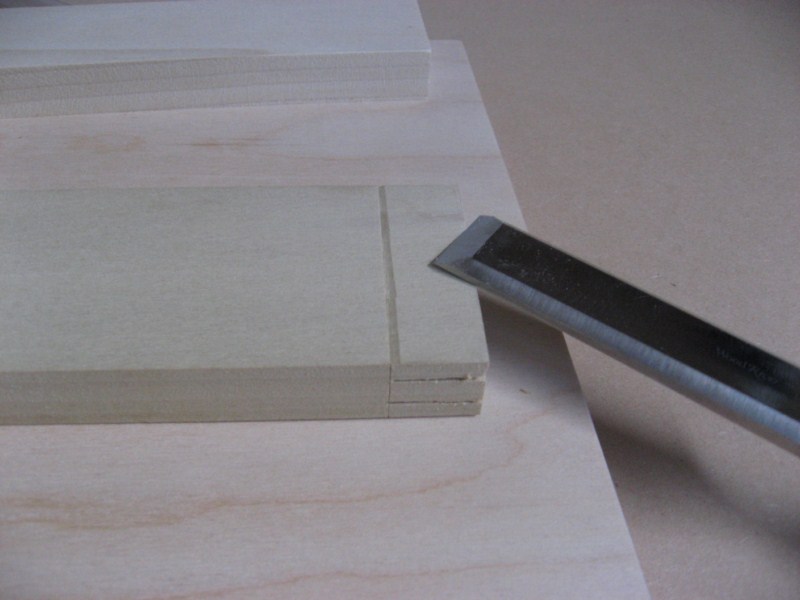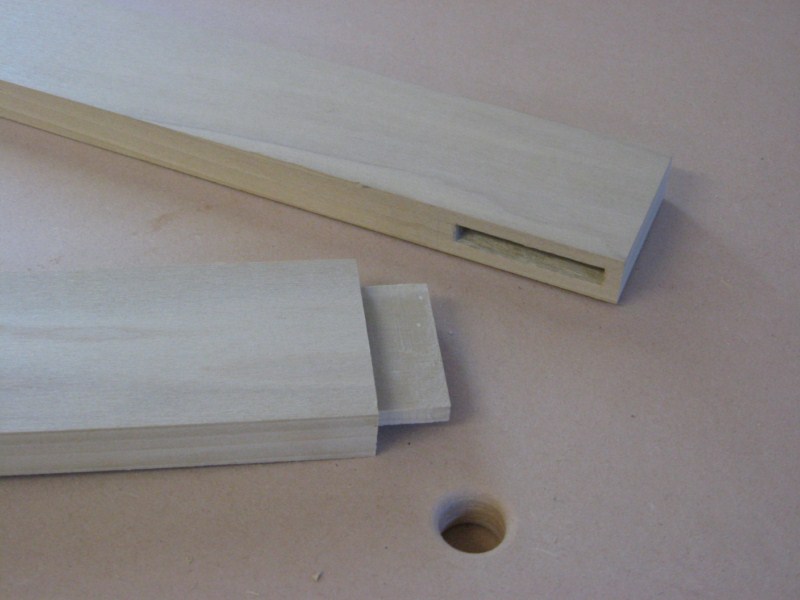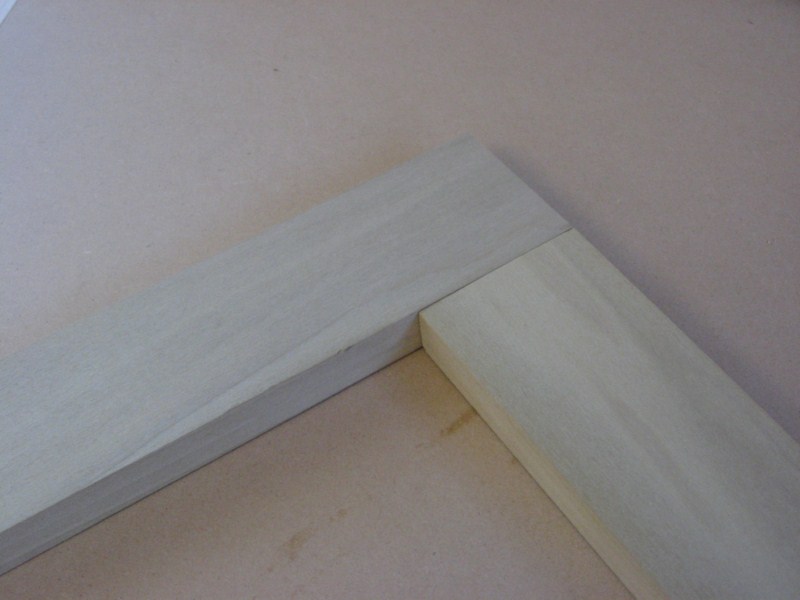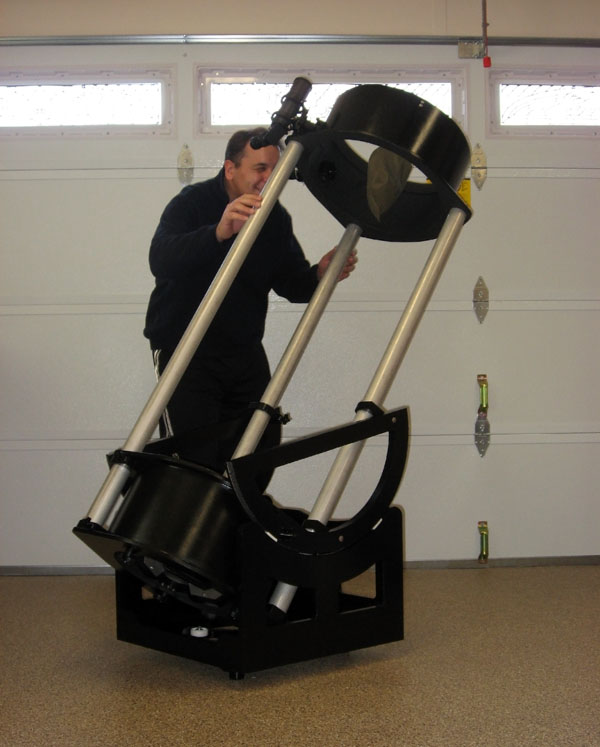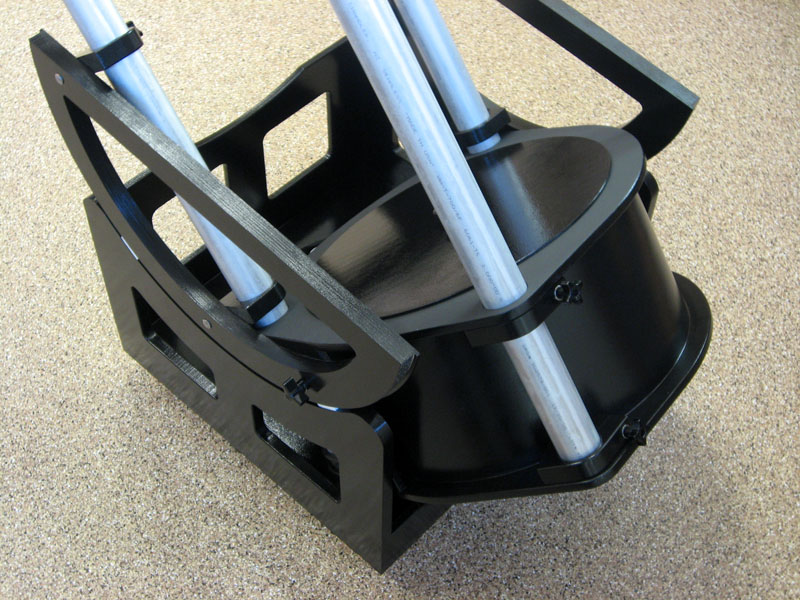Last night, Richard Navarette, Mark Johnston, Jeff Weiss, Al Howard, Rogelio Bernal Andreo and I met at the DARC observatory, a private property located in the Diablo Range, roughly 15 miles south of the San Luis reservoir. As I was driving down I-5 on my way there, the sky was completely overcast! However, it cleared up nicely by the end of astronomical twilight (9:09pm) and the sky remained clear all night. There was quite a bit of humidity in the air, and the work tables/paper charts got a bit wet. However, nobody had any issues with dew as far as I know. The temperatures dipped as low as 38F. The wind was pretty much non existent. Although I did not do any formal measurements, I estimate by experience that the NELM was around 6.7. There must have been some fog in the central valley because the light dome from Fresno was almost invisible, and this must have helped a bit with the darkness. The seeing was just about average. Among the highlights, M101 was showing a lot of structure, which is usually a sign of good conditions. NGC 2903 and NGC 4725 (which Al was imaging) also were showing a lot of structure. We observed comet Garradd, which is still going strong. Finally, Mars looked pretty good with numerous surface features easily visible whenever the seeing settled. Besides the obligatory eye candy, I mostly observed galaxies from the Herschel II list with my 16″ F/4 homemade dobsonian telescope. Below is my log for the night. Cheers!
Log format: [designation(s)] [type] [constellation] [RA] [Dec]
[magnitude] [date and local time (PDT)]
Location: D.A.R.C. Observatory [Elevation 1400ft]
Telescope: 16? F/4 homemade dobsonian with Paracorr
Eyepieces used:
- Televue Panoptic 27mm (69x – 1° TFOV)
- Televue Nagler 16mm type 5 (117x – 42′ TFOV)
- Televue Nagler 9mm type 6 (208x – 24′ TFOV)
- Televue Nagler 7mm type 6 (267x – 18′ TFOV)
- Televue Nagler 5mm type 6 (374x – 13′ TFOV)
(All times are PDT)
NGC 3652 GX UMa 11 23 21 +37 41 45 12.2 04-14 09:00pm
Fairly uniform faint core measuring 1′x45″ elongated NNW-SSE surrounded by a very faint halo that was suspected to stretch as much as 2.5′x1′. Upon close examination, the halo seemed “assymetrical” in brightness, which may be caused by two far flung spiral arms. While observing, I sketched what I think I saw and later verified that the spiral arms matched exactly my sketch.
NGC 4062 GX UMa 12 04 43 +31 49 29 11.9 04-14 09:15pm
Fairly uniform faint halo 3.5′x1′ E-W. Slightly brighter core 1′x30″. Moderately faint (mag 17.1) superimposed star roughly 1.2′ W of the core. Very faint (mag 17.7) superimposed star just east of the eastern tip of the halo.
NGC 4244 (Silver Needle) GX CVn 12 18 08 +37 44 12 10.4 04-14 09:30pm
Fairly bright halo 10′x1′ NE-SW, slightly and gradually brighter towards the center. A tight pair of mag 15.3 stars are located just outside the halo 2′NNE of the core. A fairly bright (mag 13) star is located just north of the NE tip. Best seen at low magnification (Nagler 16mm)
NGC 4369 GX CVn 12 25 14 +39 18 47 12.4 04-14 09:40pm
Very bright round core roughly 15″ in diameter. Moderately bright round halo measuring 45″, surrounded by a very faint and thus ill-defined halo which seems to extend as much as 1.5′.
NGC 4395 GX CVn 12 26 27 +33 28 36 10.8 04-14 09:45pm
At low magnification (Nagler 16mm), this galaxy appears as a very pale oval measuring 6′x4′ elongated in the NW-SE direction. It is very uniform, but close examination shows some subtle mottling. At higher magnification (Nagler 9mm), I can spot 2 knots near the center on a NW-SE line. The halo also shows a hint of spiral structure with the NW tip bending towards towards the N and the SE tip bending towards the S.
NGC 3642 GX UMa 11 23 02 +59 00 24 11.7 04-14 10:00pm
Fairly bright round core roughly 20″ in diameter surrounded by a faint halo which seems to be round and extend as much as 1′. At high magnification (Nagler 5mm), the halo gives an impression of mottling. A faint superimposed star (mag 15.0) shows up 15″ W of the core.
NGC 3669 GX UMa 11 26 10 +57 39 15 12.6 04-14 10:15pm
Moderately faint and uniform halo 2′x30″ NNW-SSE. No sign of central condensation…
NGC 3683 GX UMa 11 28 15 +56 48 34 12.9 04-14 10:30pm
Moderately faint, fairly uniform, 1.5′x20″ NW-SE, slightly brighter in the center, hints of a stellar nucleus.
NGC 3756 GX UMa 11 37 31 +54 13 30 12.0 04-14 10:35pm
Moderately faint, 3′x1′ NS, very uniform, barely brighter in the center region. Fairly bright (mag 10.6) field star 4′ NNW.
NGC 4271 GX UMa 12 20 11 +56 40 03 13.6 04-14 11:00pm
Fairly bright, tiny (but non stellar) core surrounded by a fairly faint halo roughly 30″ in diameter. Moderately faint (mag 15.5) star 30″ NNE. Moderately faint (mag 15.5) star 1′ W.
NGC 4290 GX UMa 12 21 25 +58 01 24 12.7 04-14 11:10pm
Faint smudge roughly 1′ in diameter, slightly elongated E-W, fairly uniform. Interesting FOV in Nagler 7mm with 2 field stars forming an equilateral triangle and NGC 4284 just 5′ east.
NGC 5204 GX UMa 13 30 06 +58 21 18 11.7 04-14 11:30pm
Moderately faint and uniform halo measuring 1.5′x1′ NNW-SSE. Note: this is actually the core that we saw. The halo extends further out…
NGC 5308 GX UMa 13 47 27 +60 54 36 12.2 04-14 11:45pm
Nice edge on showing its bulb. 2′x20″ NE-SW. Bright round core roughly 20″ in diameter. Moderately bright halo, slightly brighter in the SW half.
NGC 5430 GX UMa 14 01 12 +59 16 02 12.6 04-14 11:55pm
Faint halo 1′x30″ NW-SE. Moderately faint round core 15″ in diameter. Faint (mag 16.6) superimposed star 20″ SE of core.
NGC 5443 GX UMa 14 02 39 +55 45 12 13.3 04-15 12:05am
Faint halo 1.5′x30″ NNE-SSW. Tiny non stellar moderately bright core. Moderately faint (mag 14.8) superimposed star at the SSW tip.
NGC 5485 GX UMa 14 07 39 +54 56 28 12.4 04-15 12:15am
Roundish, slightly elongated NW-SE, moderately bright, fairly uniform, roughly 1′ in diameter. A faint (mag 16.4) is 1.2′ NNE. A brighter (mag 13.9) star is 2′ ESE. Forms a nice trio with NGC 5484 and NGC 5486, both much dimmer.
NGC 5585 GX UMa 14 20 13 +56 40 13 11.4 04-15 12:30am
Moderately faint round core, rouhgly 1.5′ in diameter, gradually fading to an ill defined halo maybe 3′ in diameter showing hints of mottling… A moderately faint (mag 15.8) star is 2′ E. Another one (mag 14.8) is 2′ S.
NGC 4047 GX UMa 12 03 30 +48 33 59 12.8 04-15 01:05am
Moderately faint, fairly uniform, 1′x45″ E-W, gradually brighter towards the center. Moderately bright (mag 11.9) star 3.5′ WSW.
NGC 4100 GX UMa 12 06 48 +49 30 45 11.7 04-15 01:10am
Moderately faint, very uniform halo, 3.5′x1′ NNW-SSE. Small (almost stellar) slightly brighter core. Halo shows hints of mottling pretty easily. A bright (mag 8.9) star is 8′ NW. A moderately bright (mag 12.5) star is 4′ S.
NGC 4096 GX UMa 12 06 40 +47 24 28 11.1 04-15 01:20am
Moderately faint, fairly uniform halo 5′x1′ NNE-SSW. Moderately bright core 45″x30″.
NGC 4144 GX UMa 12 10 38 +46 23 14 12.0 04-15 01:25am
Moderately faint halo (very faint at the tips) measuring 5′x1′ WNW-ESE, gradually brighter to a 2′x45″ moderately bright core. A moderately faint (mag 15.0) star is located at the eastern tip of the halo.
NGC 5383 GX CVn 13 57 37 +41 47 01 12.2 04-15 01:35am
Very faint halo 2′x1′ N-S. Much brighter core 45″x30″ E-W. Hints of spiral structure.

